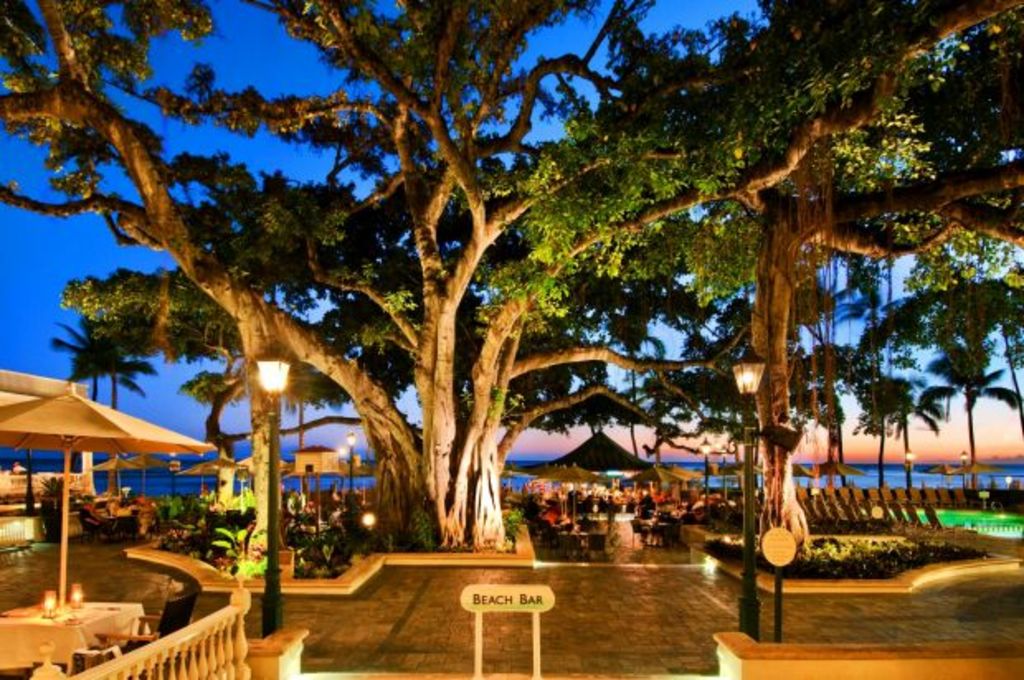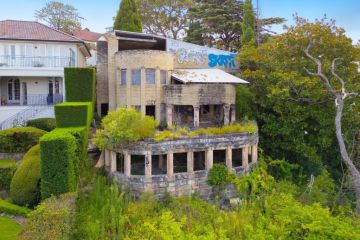Indira Naidoo visits one of the world's most famous trees

Ahhh … summer.
You’re probably reading this column in your garden or under a eucalypt in the park or beneath a plane tree in a shady cafe courtyard.
Trees are the grand old sentinels of the natural world that somehow manage to survive among our high-rises and pollution. We need them not only for their relaxing beauty but also for the oxygen they generate, the shade they provide for our overheated cities and the urban wildlife they sustain.
On a recent trip to Hawaii I came across one such miraculous tree right on the famous Waikiki beachfront – one of the densest strips of development in the world.
The Indian Banyan Tree at the famous Moana Surfrider Resort on Waikiki Beach is so expansive it’s more like a forest than a single tree.
Spanning almost 23 metres in height and 45 metres in breadth, this 104-year-old banyan tree has dropped down four aerial roots across the hotel’s courtyard that themselves have become thick, twisted, secondary trunks.
In 1979 the Moana’s Banyan was the first tree to be listed on Hawaii’s Rare and Exceptional Tree List and was named by the board of trustees of the “America the Beautiful” Fund as a Millennium Landmark Tree.
So has all that fame gone to its head? “No – not at all,” says Rodney Young, grounds and landscaping manager for Starwood Hotels and Resorts Waikiki, and the man with the unenviable responsibility of protecting a historic tree in an era of overdevelopment and climate change.
- Related: A guide to growing your own cocktail ingredients
- Related: A walk around the most beautiful park in the world
- Related: Indira Naidoo’s top five plants for indoor living
“When I first arrived seven years ago everyone was very worried about the tree and thought it was dying,” says Young.
“It looked very ill.”
So the hotel undertook very expensive and disruptive restoration work to dig up the courtyard and replace the compacted soil around the tree with nutritious, aerated compost.
It seems to have done the trick. Today, as Young and I inspect the tree, it is dense with healthy foliage and red berries and there are numerous white pigeons and white native terns nesting in its branches.
The Moana’s legendary Beach Bar is heaving with holidaymakers enjoying the shade from its canopy and on the verandah, under its branches, guests are feasting on local seafood at Beachhouse restaurant.
Still, looking after a centenarian with such a wide girth is a daily job for Young and his garden team. There’s compost to refresh and detailed inspections for diseases and insect attacks such as black scale.
So protected is the tree, the hotel even has to apply for a permit each time the banyan needs a trim.
Although Young manages several other hotel properties in Honolulu he starts each day with a visit and a “chat” to the banyan, asking it how it is and if it needs anything.
“I feel a special bond with it [the tree],” says Young. “It’s spiritual. It smiles down on you.”
Indian banyan trees can live anywhere up to 250 years. So does Young expect his banyan tree to get to that ripe old age?
“Maybe … who knows? I am worried that with climate change and rising sea levels the ground water might get too salty for the tree to survive in this location,” says Young, looking out across the crowded beach and to the Pacific Ocean just metres away.
“We’re lucky to have it still with us to enjoy and celebrate.
“If we look after trees, they will look after us.”
Indira Naidoo travelled to Hawaii as a guest of Hawaiian Tourism and the Moana Surfrider Hotel.
Naidoo’s garden cookbooks The Edible Balcony and The Edible City are available at Dymocks.
Naidoo is a guest presenter on Gardening Australia, Saturdays, 6.30pm on ABC1.
We recommend
States
Capital Cities
Capital Cities - Rentals
Popular Areas
Allhomes
More







